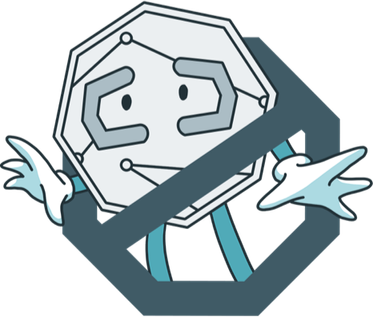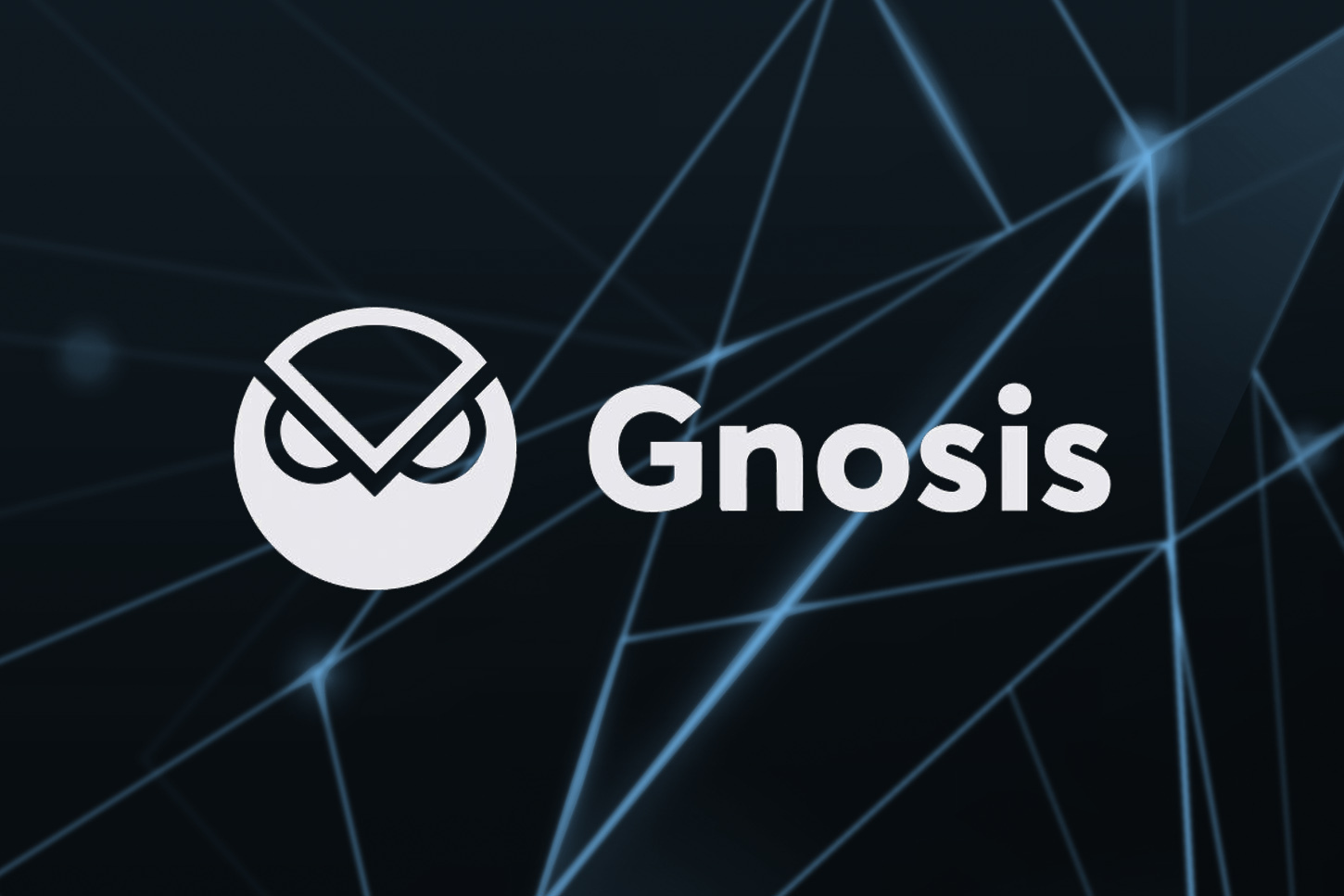This content is provided by a sponsor
100+ speakers, 900+ attendees, and a limitless appetite for innovation: DappCon 2025, hosted by Gnosis, was one of the best Web3 events of the year.
DappCon 2025, hosted by Gnosis, brought together the brightest minds in Web3 for a deep dive into the evolving landscape of decentralized technologies. With over 80 speakers ranging from protocol architects to privacy advocates and user experience researchers, the conference spotlighted the next generation of blockchain applications, and the trust, infrastructure, and philosophy required to build them.
Circles 2.0: Reimagining community currencies
Among the standout sessions was a technical deep dive from Paul Boes on Gnosis’ experimental community currency Circles, the experimental community currency protocol whose 2.0 version officially launched in May 2025. Boes walked attendees through real-time simulations using the Metri app and other visual tools, helping them understand how trust graphs, local issuance, and reciprocity dynamics play out in practice. As interest in local, post-capitalist economies continues to grow, Circles 2.0 represents a serious step toward making decentralized, human-scale money systems operational.
Continuing the Circles spotlight was Co-Founder of Gnosis Martin Köppelmann’s keynote presentation on the groundbreaking new currency. Martin further highlighted Circles’ ideological and technical operability, as well as the potential of Circles 2.0 to reimagine current economic systems.
While Circles has long been a protocol t known for offering basic income through mutual trust networks the v2 protocol adds significant economic and technical clarity. Using the newly published whitepaper as a guide, participants explored the implications of its revamped monetary model and governance rules.
The rise of autonomous agents and AI-native infrastructure
One of the most anticipated themes at DappCon 2025 was the emergence of autonomous agents capable of transacting, reasoning, and even protecting assets on behalf of users. In a landmark session, Google’s Marcos Montero unveiled the company’s Agent Development Kit (ADK) and its Agent-to-Agent (A2A) Protocol, introducing developers to the core infrastructure powering the “Agentic Web.”
Gnosis AI’s Gabriel Fior showcased working implementations - autonomous bots trading on prediction markets and co-signing on wallets using risk assessment models. Together, these talks outlined a paradigm shift in onchain interaction, one where AI doesn’t just assist users, it acts for them.
Scaling Ethereum without compromise
As Ethereum continues its transition toward modularity and scalability, talks by Toni Wahrstätter and Steffen Kux tackled core protocol upgrades head-on. Wahrstätter focused on two major Ethereum Improvement Proposals -Delayed Execution (EIP-7886) and Block-level Access Lists (EIP-7928) -that could significantly enhance transaction throughput. Kux, meanwhile, made the case for stateless, trustless Ethereum clients that minimize reliance on centralized RPC providers. Both talks emphasized a future where Ethereum can scale to global levels without compromising on decentralization or verifiability.
Governance, culture, and the social layer
Culture, coordination, and governance were recurring threads across many talks. Ann Brody and Paul Dylan-Ennis presented findings from their academic study, Tending the Infinite Garden, which explored Ethereum’s unique organizational culture and the role of its social layer in sustaining decentralization.
Elsewhere, Kelvin Santos and Robin Hanson reignited conversations about using prediction markets for governance (a concept known as Futarchy).
This conversation continued later in the afternoon with an engaging fireside chat between Joe Lubin, CEO and Founder of Consensys and Co-Founder of Ethereum, Vitalik Buterin, Co-Founder of Ethereum, and Robin Hanson, moderated by Martin Köppelmann. The discussion also focused on the future of onchain democracy, as well as Ethereum’s current state and future positioning in both decentralized and traditional markets. These discussions underscored that Web3’s future isn’t only technical; it’s deeply social and philosophical.
VC day action
DappCon 2025 opened with an exclusive, high-energy VC Day, where top-tier startups pitched bold ideas in Payments, DeFi, AI, and more to investors including Gnosis Co-Founder Stefan George. In a tightly curated, 40-person room of OG founders and early investors, each team had five minutes to make their case in a setting designed for real engagement and deal flow. The day also included a VC-only reverse pitch, flipping the script as top funds revealed what they’re eager to back next. With high stakes and deep focus, VC Day captured the spirit of Web3’s next wave: fast, serious, and builder-driven.
With over 25 startups participating, the day concluded with three winners. In first place was Onit, the prediction market protocol, a platform allowing users to deploy fully customisable prediction markets. In second place was XO Market, a decentralized prediction market powered by modular blockchain Celestia. In third place was Concero, a decentralized messaging infrastructure protocol enabling secure cross-chain communication for quick app and blockchain deployment.
DappCon 2025 was not just a showcase of technologies. It was a reflection on how and why we build in Web3: an ongoing negotiation between complexity and usability, trust and freedom, decentralization and coherence. With emerging trends in AI agents, community currencies, privacy infrastructure, and user-centered design, the event reaffirmed that the future of Web3 isn’t just about scalability—it’s about meaning.
This publication is provided by the client. Cointelegraph does not endorse and is not responsible for or liable for any content, accuracy, quality, advertising, products, or other materials on this page. Readers should do their own research before taking any actions related to the company. Cointelegraph is not responsible, directly or indirectly, for any damage or loss caused or alleged to be caused by or in connection with the use of or reliance on any content, goods, or services mentioned in the press release.


